In kitchens around the world, one of the most common culinary mishaps is overseasoning—particularly when a dish turns out saltier than intended. While this mistake might seem irreversible, seasoned cooks have long relied on a simple, natural fix: adding potato chunks to absorb excess salt. This technique, passed down through generations, combines food chemistry with practical wisdom to rescue over-salted soups, stews, and sauces without diluting flavor.
The science behind this trick lies in the potato’s unique structure. Potatoes are starchy, porous, and mild in taste, making them ideal for balancing salt levels. When simmered in an over-salted dish, they act like sponges, drawing in salty liquid while contributing minimal flavor of their own. Unlike adding water or unsalted broth—which can thin out the dish—potatoes mitigate saltiness while preserving the dish’s texture and richness. It’s a subtle yet effective intervention that transforms a potential kitchen disaster into a salvageable meal.
Beyond their salt-absorbing properties, potatoes bring additional benefits. They thicken broths, add heartiness, and blend seamlessly into most savory dishes. For best results, chefs recommend peeling and cutting potatoes into large chunks to maximize surface area, then simmering them for 15–20 minutes. Once the potatoes have done their job, they can be removed or left in, depending on preference. Some cooks even repurpose the now-salty potato pieces as a flavorful side dish or mash them back into the recipe for extra body.
This method isn’t just limited to Western cooking. Across cultures, similar techniques employ starches like rice, bread, or tofu to correct seasoning imbalances. However, potatoes remain a favorite for their neutrality and versatility. In fact, professional kitchens often keep peeled potatoes on hand specifically for this purpose—a testament to their reliability. The next time a soup or sauce crosses the line from savory to briny, reaching for a potato might just be the quickest path to redemption.
While the potato trick is widely celebrated, it’s worth noting its limitations. Extremely salty dishes may require multiple rounds of potato additions, and the method works best in liquid-based recipes. For dry or solid foods, alternative approaches—like increasing portion sizes or pairing with unsalted sides—are more effective. Still, for home cooks and professionals alike, this humble root vegetable offers a low-effort, high-reward solution to one of cooking’s most persistent challenges.
Beyond practicality, the potato’s role in fixing salty dishes speaks to a larger philosophy in cooking: improvisation. Great meals aren’t just about following recipes—they’re about adapting to mistakes and understanding ingredients on a deeper level. The potato trick embodies this mindset, turning a potential setback into an opportunity to learn and innovate. After all, some of the best culinary discoveries arise from accidents and the creative solutions they inspire.
So the next time a dash of salt becomes a deluge, remember the potato. It’s more than a pantry staple; it’s a culinary lifesaver. Whether you’re simmering a stew, perfecting a sauce, or experimenting with new flavors, this simple technique underscores the beauty of cooking: even the most daunting mistakes can be corrected with a little knowledge and ingenuity.

By /Aug 11, 2025
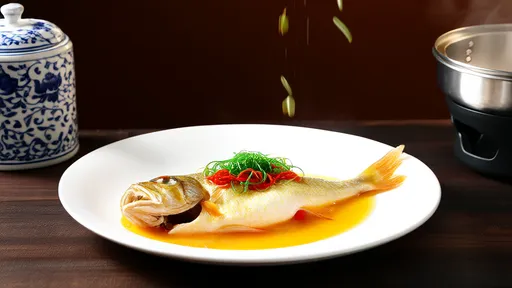
By /Aug 11, 2025

By /Aug 11, 2025
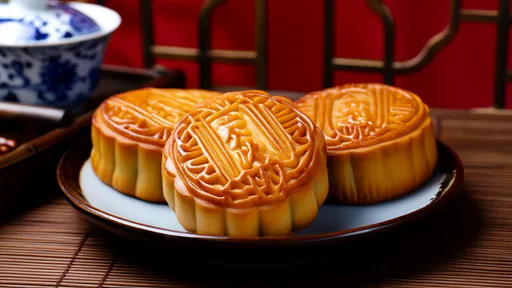
By /Aug 11, 2025
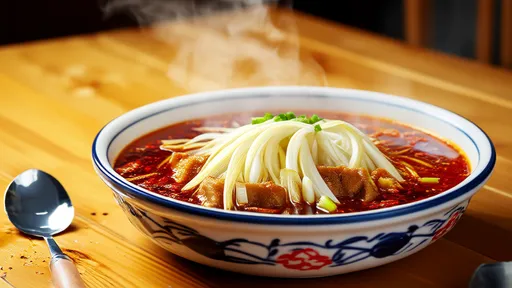
By /Aug 11, 2025

By /Aug 11, 2025

By /Aug 11, 2025
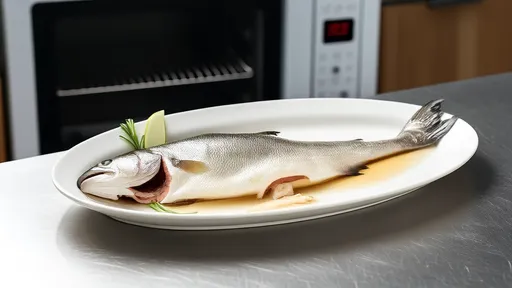
By /Aug 11, 2025

By /Aug 11, 2025

By /Aug 11, 2025
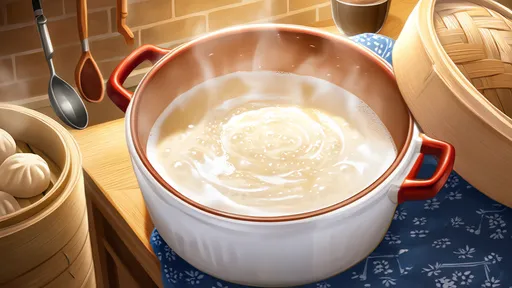
By /Aug 11, 2025
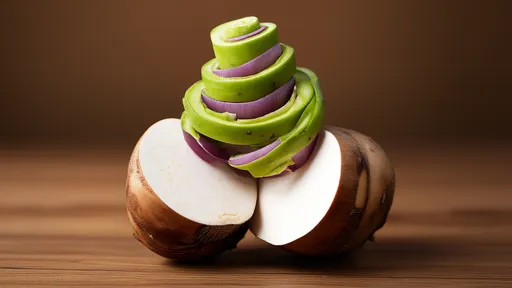
By /Aug 11, 2025
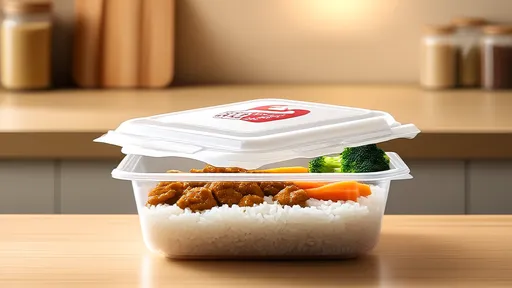
By /Aug 11, 2025

By /Aug 11, 2025

By /Aug 11, 2025
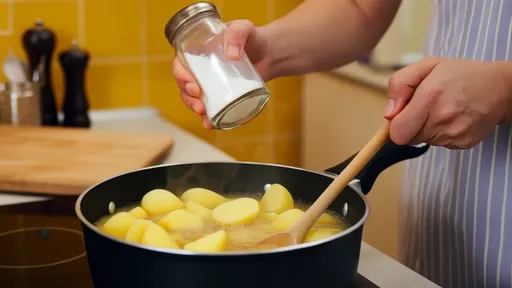
By /Aug 11, 2025
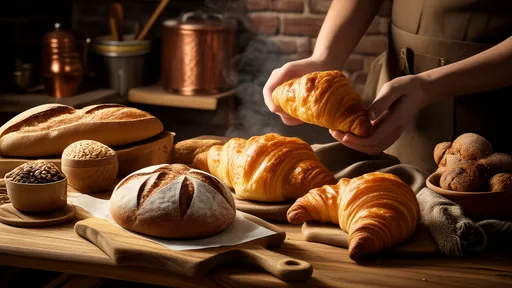
By /Aug 11, 2025
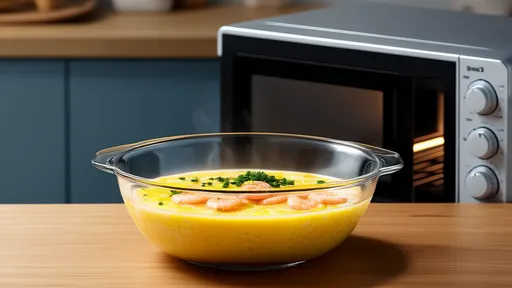
By /Aug 11, 2025
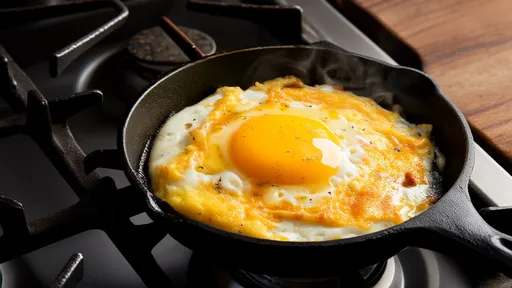
By /Aug 11, 2025
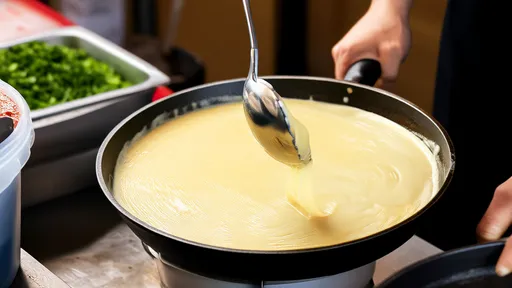
By /Aug 11, 2025